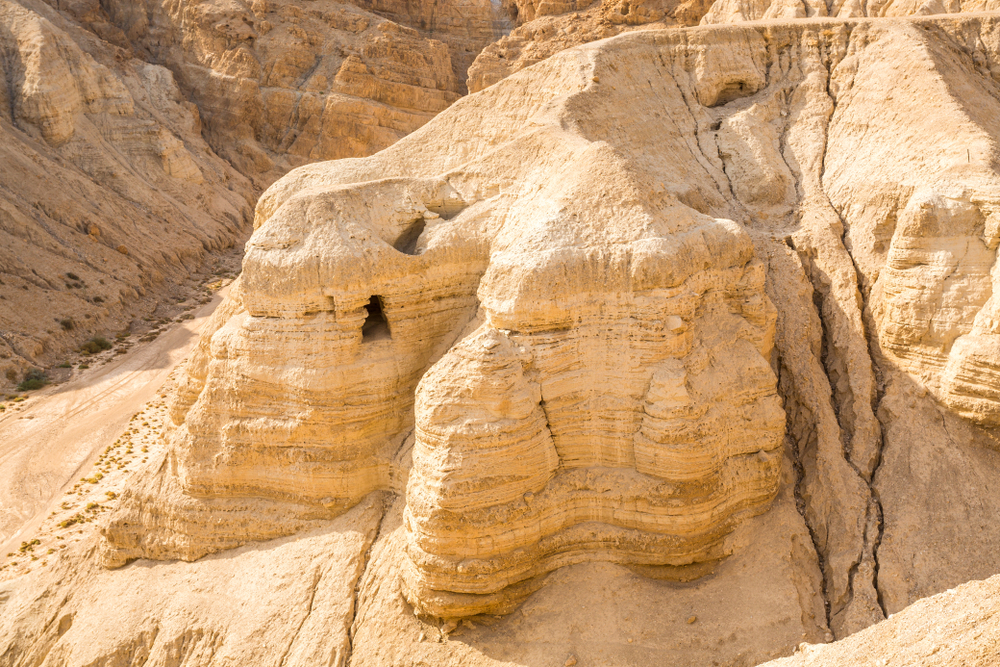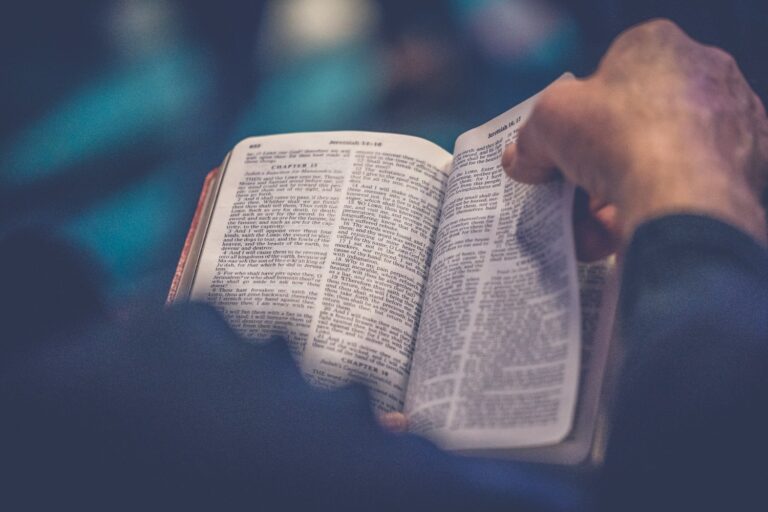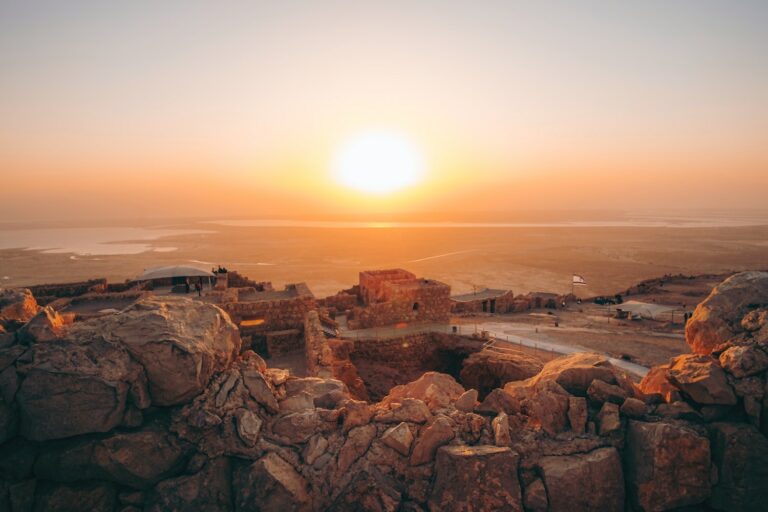By David Parsons, ICEJ International

The Dead Sea Scrolls are widely recognised today as the greatest treasure trove of ancient original religious manuscripts ever found. They both verify sacred biblical texts and reveal intricate details of Jewish faith and culture in the late Second Temple era.
The first scrolls were found in February 1947 by a Bedouin shepherd boy searching for a lost sheep near the ruins of Qumran, an ancient Jewish community at the north end of the Dead Sea. He tossed a stone into a cave opening above him, heard the sound of pottery cracking, and climbed into the cave with a friend to discover two large jars filled with old parchments.
Months later, the boys showed the scrolls to two antiquities dealers in Bethlehem. The Arab dealers accompanied the shepherd boys back to the cave to search for more, and altogether they came up with seven intact scrolls.
Curious as to what they had discovered, they asked an Armenian acquaintance in the Old City of Jerusalem to find an antiquities expert who could assess their significance. He, in turn, contacted Eleazar Sukenik, an archaeology professor at Hebrew University.
At the same time, dramatic events were unfolding that would lead to the fulfilment of prophecy concerning the Jewish people and the Land of Israel.

The timing of these two events could not have been more striking – right as Israel was about to be revived as a nation in its ancestral homeland after 2,000 years of exile, that land gave up incredible secrets of its rich Jewish past. The timing also could not have been more critical, for if the archaeologist had waited another day to take custody and examine the first batch of scrolls, they may have never made it into Jewish hands.
By now, British forces were about to leave Mandate Palestine and violence was brewing between Jews and Arabs. The British had divided Jerusalem into military zones with barbed wire separating Jewish and Arab neighbourhoods. It was hard to move between zones, but Professor Sukenik agreed to meet the Armenian broker near a checkpoint and got his first peak at one of the scrolls through the security fence. He noticed it resembled the Hebrew scripts found etched in first-century Jewish tombs around Jerusalem.
This spurred his interest enough to consider venturing to Bethlehem to meet the two Arab dealers and see their scrolls up close. But the UN was about to vote on partition that very day, 28 November, and he knew clashes would erupt immediately if a Jewish state was approved. Yet suddenly, news came that the vote had been delayed for a day. So, he decided at great personal risk to head to Bethlehem the next morning and return with the scrolls before the UN convened again in New York.
On 29 November 1947, Sukenik boarded an Arab bus for Bethlehem and met the dealers, who loaned him three parchments for closer analysis. He rushed back home with the scrolls, and immediately deciphered them as ancient Jewish religious manuscripts which today are known as the “Thanksgiving Scroll” and the “War Scroll” from Qumran cave 1. The third scroll contained portions of Isaiah (the entire Book of Isaiah was later found and today is housed in the Shrine of the Book in Jerusalem).
As Sukenik pondered the enormity of these finds, news came over the radio that the UN had approved the creation of a Jewish state. He joined his family and neighbours out in the streets of Jerusalem to celebrate the decision.
By the next morning, fighting had erupted on numerous fronts across the land.
Sukenik died just a few years later, but his son Yigal Yadin, a renowned IDF military commander, took up his profession and became one of Israel’s foremost archaeological experts.
Yadin would later write of his father’s breakthrough discovery: “I cannot avoid the feeling that there is something symbolic in the discovery of the scrolls and their acquisition at the moment of the creation of the State of Israel. It is as if these manuscripts had been waiting in caves for two thousand years, ever since the destruction of Israel’s independence until the people of Israel had returned to their home and regained their freedom.”
Images courtesy of Shutterstock & ICEJ International



